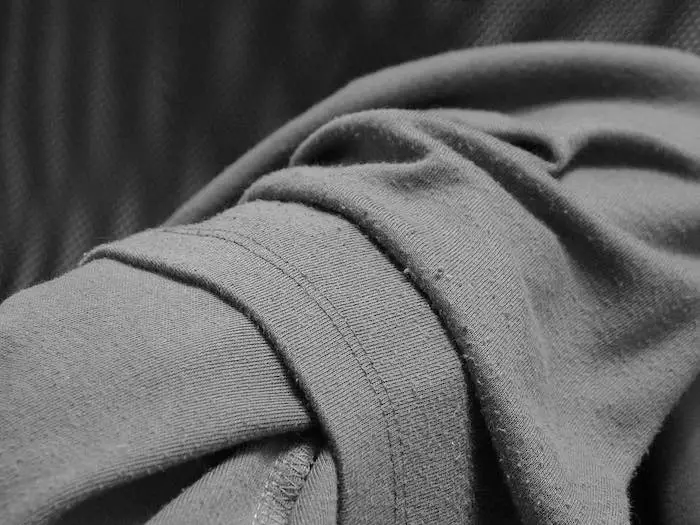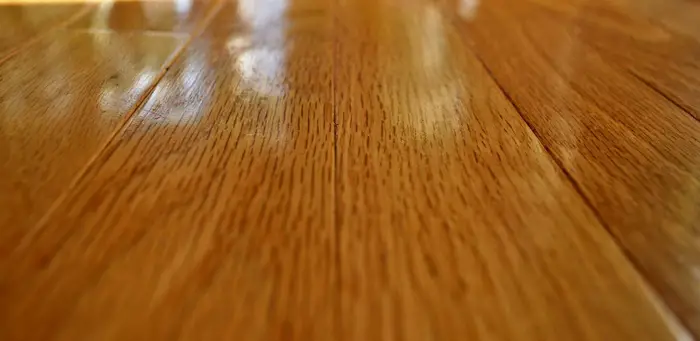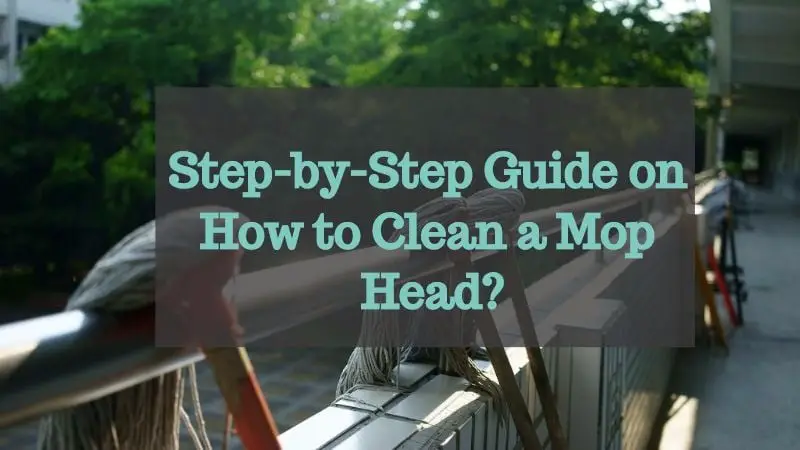10 Ways to Remove Lint Without a Lint Roller
No one likes getting ready to go out and discovering too late that their outfit is covered in lint. Tiny balls of fuzz or stray hairs hanging off of you making even clean clothes look dirty. It’s frustrating, and can be very embarrassing.

How do you remove lint without a lint roller? It’s a problem we’ve already crossed in the past. You’re at somebody else’s house, you’re in the car, and you just don’t have a lint roller handy.
Luckily there are some options for removing lint even with no lint roller handy. A little Ingenuity and quick thinking we’ll have you lint free and no time. Check out these great options for removing lint without a lint roller.
Duct Tape
This method can work with masking tape, medical tape, paper tape, or any other kind of tape you have at hand. We recommend duct tape because it has the best stick and the most surface area. In a pinch, it works like a charm.
The best way to use duct tape to clean up lint is to tear off a length that can loop around your hand. Loop the sticky side out so that it comes back around your palm and sticks to itself. Essentially you just made yourself a sticky mitten.
With the tape attached to your hand just pat your lint-covered garment anywhere you see lint. When the adhesive becomes too full of lint and is no longer sticky, roll your lint mitten over to use the fresh Sticky Side from the back of your hand.
You may require a few applications here, so be prepared to make two or three of these sticky mittens if you need to. You’ll find that this may work even better than a lint roller, and it should be just as fast.
If you’re not convinced that your hand will work that well, you can always wrap the tape around your kitchen rolling pin. That makes a brand new lint roller only much larger than the one you’re used to. Put your garment on a table and roll it over to get rid of the lint quickly and easily.
Dryer Sheets

A lot of people are surprised to learn that dryer sheets (see Amazon) are great for removing lint. It makes sense when you stop to think about it, though. What does a dryer sheet do but remove the static electricity from your clothes in the dryer?
When you find yourself all covered in lint, just grab a fresh dryer sheet for the box. Give your clothes a good rubdown and you should see the lint start coming off in no time. As an added bonus, you get that fresh dryer sheet scent in your clothes again.
Depending on the kind of dryer sheets you use, you may only need one to pull this job off. If they’re not the best quality though, or if you’ve got some really stubborn lint, you might have to go for a second sheet.
Don’t forget to check those hard-to-reach places if it’s on clothes you’re actually wearing. The backs of your legs and your back are going to be hard to check so you may need to ask a friend. Or, you know, you can take the garment off and do it that way.
Your Dryer
Some people might call this cheating, but we’re just talking about getting rid of lint and whatever works can’t be bad. Your dryer should have a low on energy setting. One that just blows air or is perhaps for a permanent press.
You don’t need high heat for this, just the tumbling action and the blowing action. Toss your lint covered clothing in on that setting and let it spin for a while. Make sure you have a dryer sheet in there with it to help cut back on the static cling.
This is also a great way to cut down on wrinkles if that’s a problem. You could give your garment a quick spritz with plain water and not only will you lose the lint, it’ll come out looking freshly pressed as well.
Give Vinegar a Try
This is not enough if you want to try on clothes you’re wearing if you plan on heading it right away. You need to have some distilled white vinegar in the house. Add a cup to the wash when you’re doing the laundry if you have a lint-covered shirt or pants that need to be cleaned up.
You don’t need to do the full wash with vinegar, just add it during the rinse cycle. The acid in the vinegar loosens the fibres in your clothing, which makes it harder for the link to stick. The washing machine does the rest of the words to get the wind off.
A Pumice Stone

If a pumice stone can get dead skin off of your heels, think what it could do to lint. You don’t need to scrub them particularly hard for this to work, but if you have a pumice stone, you can scrape the lint off of your clothes with it.
Pumice stones are especially good for those tiny little balls of fabric that cling to certain materials. It can scrape them away without doing much damage to the overall fabric. The result is a garment that looks much newer and cleaner.
You want to avoid this method if you are trying to get lint out of wool or delicate cotton. It’s also not the best for silk or satin because it will definitely ruin the look of it.
Velcro
You can buy strips of Velcro at craft stores or even at your local Walmart. It can be found in the sewing section and they come in a variety of sizes and lengths. It’s good to have one around in an emergency.
You can drag the strip of Velcro across the fabric after wrapping it around your hand similar to how that sticky duct tape mitten works. You just need to use the rough side with the hooks as opposed to the fuzzy side that it hooks into. Once the lint piles up, just wipe it away.
Give it a Shave
If anyone sees you doing this they might think you have no idea how razors work, but this is an effective strategy. A brand new razor is great for getting lint off of fabric especially if it’s really stuck on. Just drag the razor gently down the fabric to pull the lint out.
You don’t want to go the full length of the fabric when you do this, just a few inches at a time. Make sure you clean the razor after a few passes to get the clogged lint out of it.
Try a Rubber Glove
If you have heavy-duty rubber gloves for cleaning around the house you can use one of those for cleaning up lint. You probably noticed that the palm and fingers of those kinds of gloves are textured. That allows them to grip when you’re cleaning dishes, but it also means it can stick to lint.
All you need to do is rub down the fabric with the glove on. It should be able to ball up pet hair and lint fairly easily that you can then wipe away.
Scouring Pads From the Kitchen
Similar to using a pumice stone, you can grab one of those scouring pads from under your kitchen sink. Those scratchy green pads that are good for getting baked on gunk out of your pots and pans can also get lint out of your clothes.
You don’t want to scrub too hard with a scouring pad, but some gentle brushing on tough spots will wipe it right away. You’ll be left with a fresh garment in no time.
Contact Paper
There are a surprising number of ways you can use contact paper around your house and getting rid of lint as one of them. This sticky paper that you line shelves and drawers with is perfect for lint removal.
It works on the same principle as tape and those lint rollers. If you have some handy you have an instant sticky pad that you could just slap on your lint covered shirt or pants and peel away again leaving it free and clear of errant fuzz.
Where Does Lint Come From?
No one likes lint but it’s also almost impossible to avoid. Lint is made of tiny pieces of fabric, hair, and fibres that come off anything from your clothes to the carpeting in your house. Static electricity attracts it to your clothing and it can get entangled in your clothing fibres and that’s when it becomes a problem.
It’s hard to avoid lint because general wear and tear is what produces it. As long as you’re moving around in your clothes, especially washing and drying them, you’re going to have fabric coming loose and attaching itself to other bits of fabric.
How do You Prevent Lint?
Clean the filters in your washer
Though it’s very hard to prevent lint from forming in the first place it’s not impossible. One of the best things you can do is to regularly clean the filters in your washer. Lint builds up in these and if they aren’t clean though it has no choice but to go back on your clothes.
Wash by hand
Another method for preventing lint is to wash things that you know gather lint more frequently by hand or on a gentle cycle.
Separate laundry by color
We’ve all been told to separate laundry by color, but not everyone does it. There is a reason for doing it though and it doesn’t have to do with one color running into another color. The lint from your dark clothes will show up more easily on your light clothes and vice-versa. Keep them separate and you’ll cut down on the noticeable lint.
No Dryer
They say an ounce of prevention is worth a pound of cure and this may be the easiest way to consistently avoid lint on your clothes. If possible, don’t put your clothes in the dryer at all. Hang them to dry outside or on an indoor drying rack. This prevents them from coming in contact with errant lint fibres so they can’t stick in the first place.
Anti-Static Spray

You need to plan ahead for this to work, but an anti-static spray is a great choice for fighting lint. Usually you buy this stuff to stop your clothes from bunching up when you wear them, or from sticking together in your closet.
The same principle works for keeping lint off of you. No static cling means stray pet hairs and other things like that are not going to attach themselves to your shirt.
An Inside-Out Wash
Another solid way to plan ahead in your fight against lint is how you wash your clothes. If you have a sweater or shirt that you know is going to attract lint, make it harder for lint to get to it.
If you wash your garment inside out, when it goes through the dryer and comes back out again any int is going to have to stick to the inside. When it’s time for you to wear it you can flip it right side in and be relatively lint free. That’s just a good strategy.
Do Any Clothes Not Gather Lint?
Some fabrics are much more prone to gathering lint than others. Many people have problems with cotton and wool when it comes to lint. On the other hand polyester seems to be highly resistant to lint because it’s a synthetic fabric.
High-quality wool, or worsted wool, is made with longer threads and less likely to release small bits that become lint. Though it is hard to find any fabric made for clothing that won’t produce lint, things like worsted wool and polyester do offer the best options.
Cotton is still the most popular fabric for clothing and unfortunately there is no such thing as lint-free fabric. That said, there are sprays such as that anti-static spray that you can get that will cut down on the lint that your cotton clothes gather.

